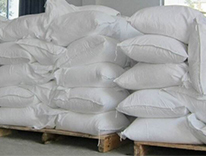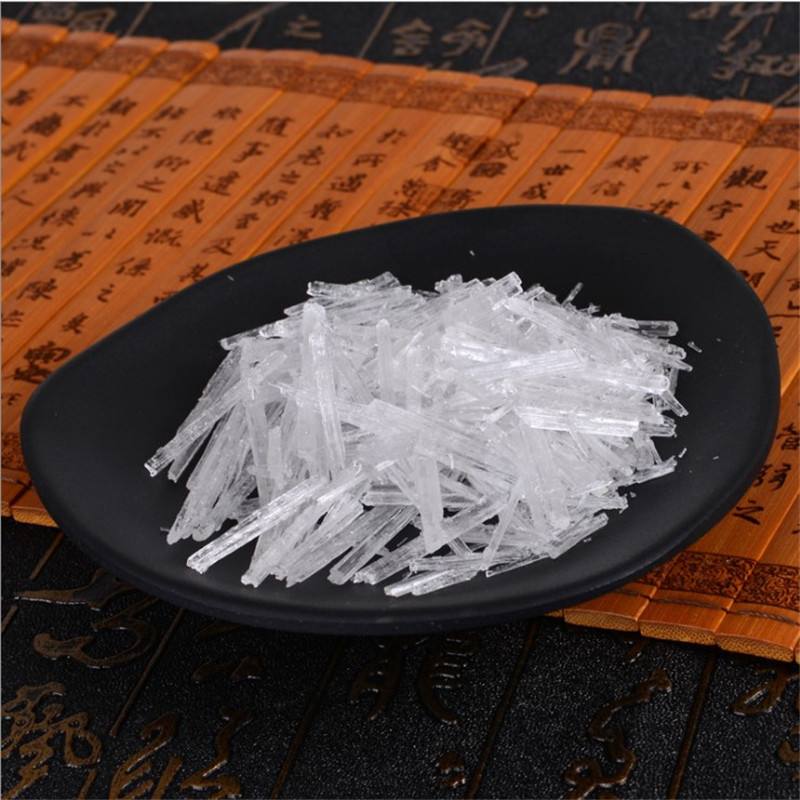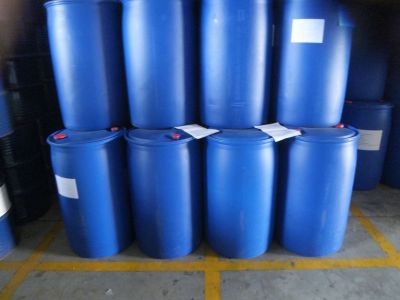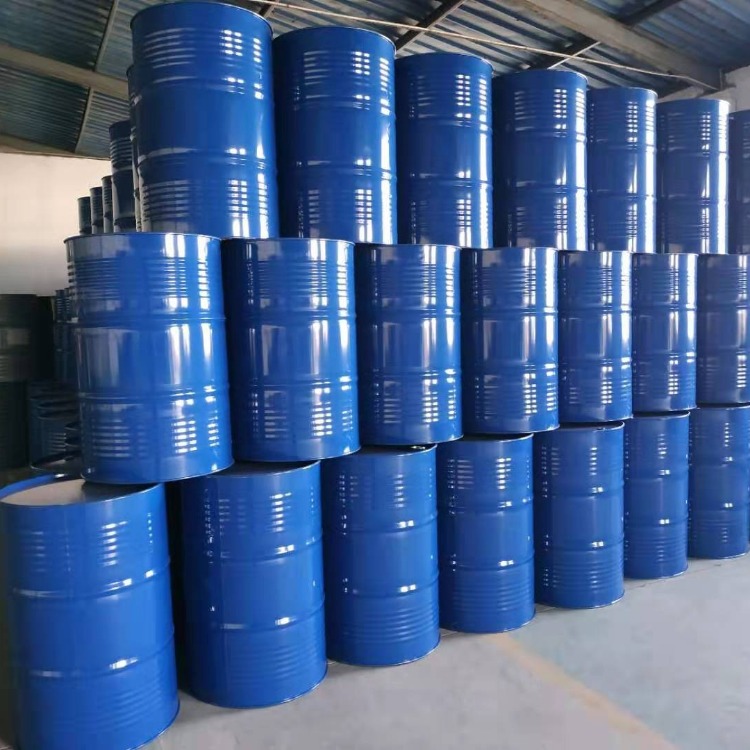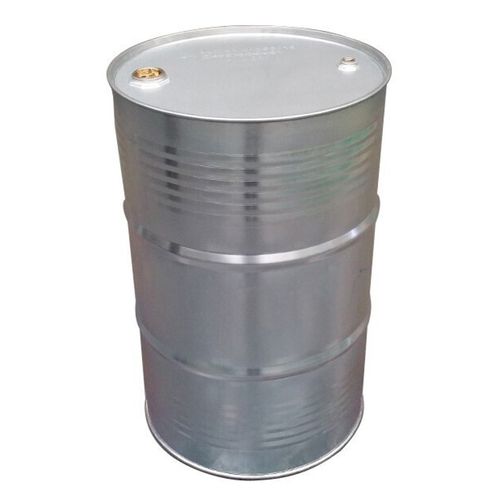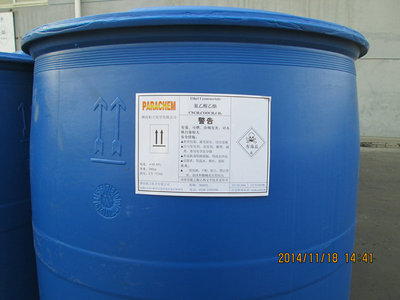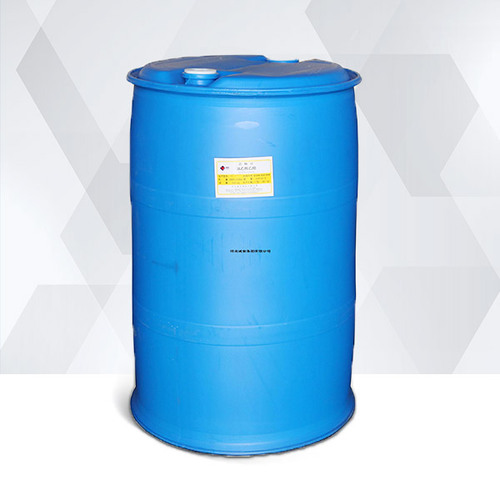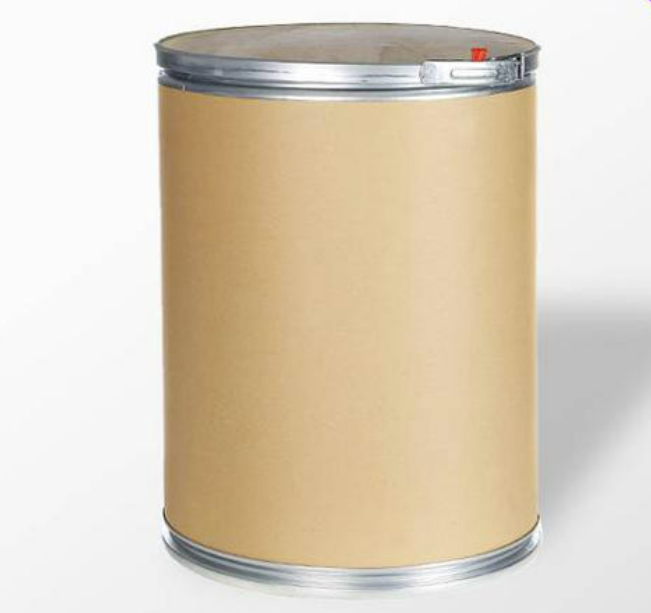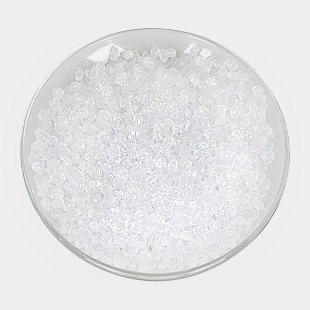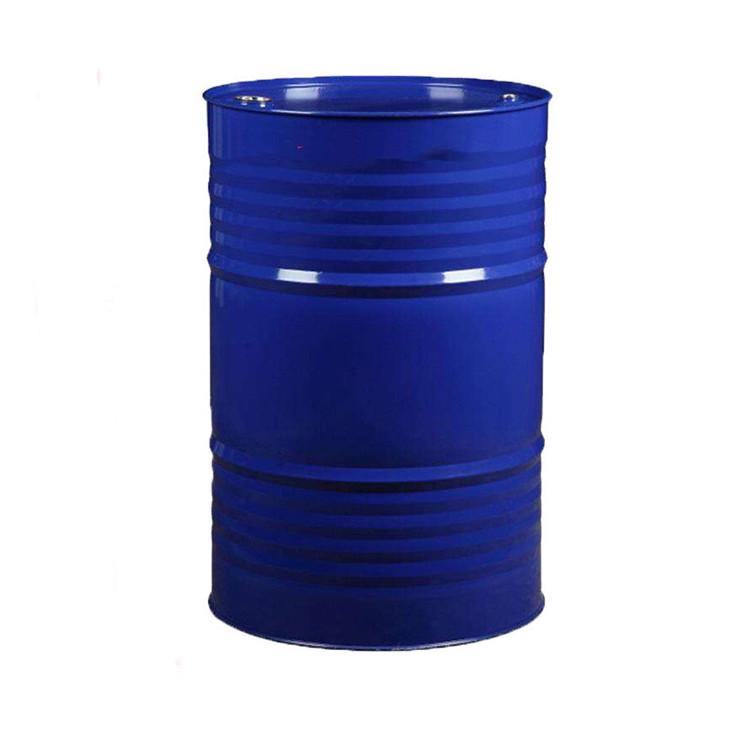Intermediates
Cationic Dyes
Pigment Black
Sulfur Dyes
Ingrain Dyes
Others
Pigment Orange
Solvent Dyes
Pigment
Vat Dyes
Dye Intermediates
Pigment Brown
Dyestuff
Pigment Violet
Dispersive Dyes
Other Dyes
Pigment Red
Pigment Yellow
Metallic Pigment
Pigment White
Reactive Dyes
Acid Dyes
Direct Dyes
Pigment Green
Basic Dyes
Nitrogen Compounds
Pigment Blue
Pearlescent Pigment
CAS:100-48-1
Molecular Formula:C6H4N2
Alias
More Information
Isonicotinic Acid Nitrile; Pyridine-4-Carbonitrile; Isonicotinonitrile; 4-Pyridinecarbonitrile
Brief Introduction
In addition to being used as an intermediate in the production of compound pyridine derivatives in agrochemical and pharmaceutical industries, it is mainly used in the production of isonicotinamide, isonicotinic acid and ramifon.
Suppliers
View More Vendors (3) >
CAS:102-52-3
Molecular Formula:C7H16O4
Alias
More Information
Malonaldehyde Biscdimethy (Acetal); Malonaldehyde,bis(Dimethyl Acetal); Malondialdehyde bis (Dimethyl Acetal); Malonaldehyde Tetramethyl Acetal; 1,1,3,3-Tetramethoxy-Propane; Propane,1,1,3,3-Tetramethoxy; Tetramethoxypropane; 1,3,3-Tetramethoxypropane; Malonaldehyde bis(Dimethyl Acetal); Propane, 1,1,3,3-Tetramethoxy-
Brief Introduction
Tetramethoxypropane is a useful synthetic intermediate. It can be used to synthesize various compounds such as diiodonoradamantane and Salicylates[e.g. Salsalate(S095700)].
Suppliers
View More Vendors (3) >
CAS:104-23-4
Molecular Formula:C12H11N3O3S
Alias
More Information
4-[(4-Aminophenyl)Diazenyl]Benzenesulfonic Acid; 4-((4-Aminophenyl)Azo)-Benzenesulfonicaci; PASS; Para Amino Azo Benzene-4-Sulfonic Acid;; (Z)-4-((4-Aminophenyl) Diazenyl)Benzenesulfonic Acid; (4-Anilinoazo)Benzene-4-Sulfonic Acid Sodium Salt; 4-[(4'-Sulfophenyl)Azo]Aniline Sodium Salt; Para Amino Azo Benzene 4 Sulphonic Acid; Paabsa; 4'-Aminoazobenzene-4-Sulphonic Acid; 4-(4-Amino-Phenylazo)-Benzenesulfonic Acid Anion Sodium Salt; 4-((4-Aminophenyl)Diazenyl)Benzenesulfonic Acid; Para Aminoazobenzene-4-Sulfonic Acid (Paab4Sa); C.I. Food Yellow 6; 4'-Aminoazobenzene-4-Sulfonic Acid; 4-Aminoazobenzene-4'-Sulfonic Acid; Aminoazobenzenesulfonic Acid; P-Aminoazobenzene-4'-Sulfonic Acid
Brief Introduction
Carboxylic acid derivatives can be used as dye intermediates.
Suppliers
View More Vendors (3) >
CAS:105-56-6
Molecular Formula:C5H7NO2
Alias
More Information
Cyanoacetic Acid Ethyl Ester; Ethyl 2-Cyanoacetate; Acetic Acid, Cyano-, Ethyl Ester; 2-Cyano-Aceticacidethylester; Acetic acid,2-Cyano-, Ethyl Ester;Aceticacid,Cyano-,Ethylester; Cyanacetate Ethyle;Cyanacetateethyle;Ethylcyanacetate; Ethylcyanoacetat; Ethylester Kyseliny Kyanoctove; Acetic acid,2-Cyano-, Ethyl Ester; Aceticacid,Cyano-,Ethylester; Cyanacetate Ethyle; Cyanacetateethyle; Cyanessigester;Cyanoacetated’Ethyle; Cyanoacetic Ester
Brief Introduction
It is used as pharmaceutical intermediates, caffeine and vitamin B, oil soluble couplers for color films and raw materials for 502 adhesives.
Suppliers
View More Vendors (3) >
CAS:106-44-5
Molecular Formula:C7H8O
Alias
More Information
Phenol, 4-Methyl-; Kresol-Para; 4-Methylphenol; P-Kresol; Fema 2337; Paracresol; 4-Cresol; P-Toluol; 1Po; Phenol,-Methyl-; P-Methyiphenol; P-Methylhydroxybenzene; P-Oxytoluene; P-Tolyl Alcohol; para Cresol
Brief Introduction
P-cresol is a raw material for manufacturing antioxidant 2,6-di-tert-butyl-p-cresol and rubber antioxidant. It can be used as cresol formaldehyde resin and plasticizer in plastic industry, disinfectant in medicine, pesticide raw material, intermediate of fungicide methyl-2,6-di-tert-butyl-p-cresol and insecticide Fenvalerate and etherthrin, and also an important basic raw material of dye clonidine sulfonic acid.
Suppliers
View More Vendors (3) >
Inquiry (
10
/ 10
)
Clear All
Sign In
Error!

